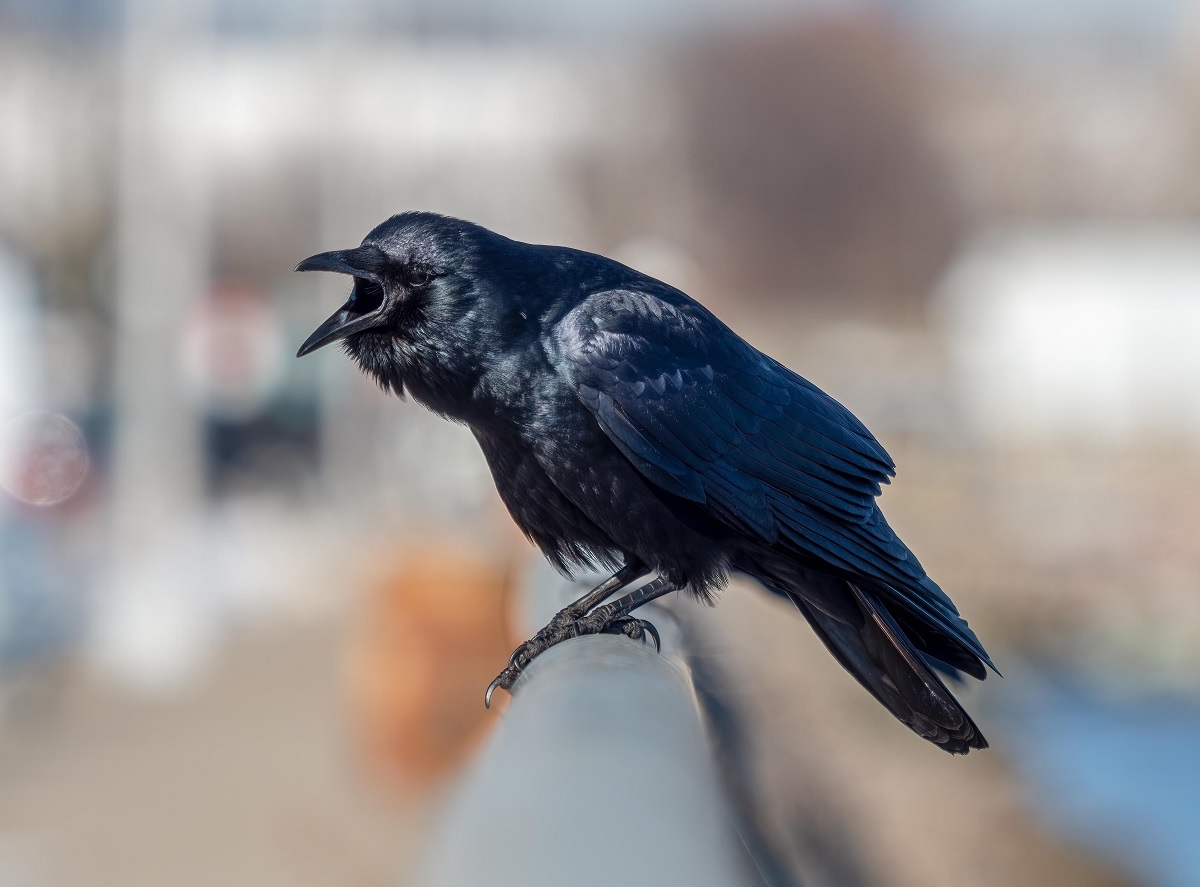Have you ever been outside and suddenly heard a loud, sharp caw caw echoing through the trees? That distinct sound is hard to miss and often sparks curiosity. The question what bird goes caw caw is more common than you might think. This unmistakable call is typically associated with crows—intelligent, social birds found in both urban and rural settings around the world.
Crows use their iconic “caw” not just to communicate with each other but also to signal danger, claim territory, or locate food. While crows are the most well-known birds to make this sound, other species like ravens and rooks may produce similar calls with subtle differences. Understanding bird calls can open a window into their behavior and communication styles. So when you hear that familiar caw caw, you’re likely listening to one of nature’s cleverest and most vocal creatures trying to make its presence known.
The Bird That Commonly Goes “Caw Caw”
The bird most commonly associated with the loud “caw caw” sound is the crow. Found across many parts of the world, especially in North America, the American crow is known for its jet-black feathers, sharp beak, and strong vocalizations. Its distinct “caw” can be heard from a distance and is often repeated in rhythmic patterns. Crows are extremely intelligent birds with complex communication systems, and their calls often serve specific purposes such as warning others of danger, calling to their flock, or announcing food sources.
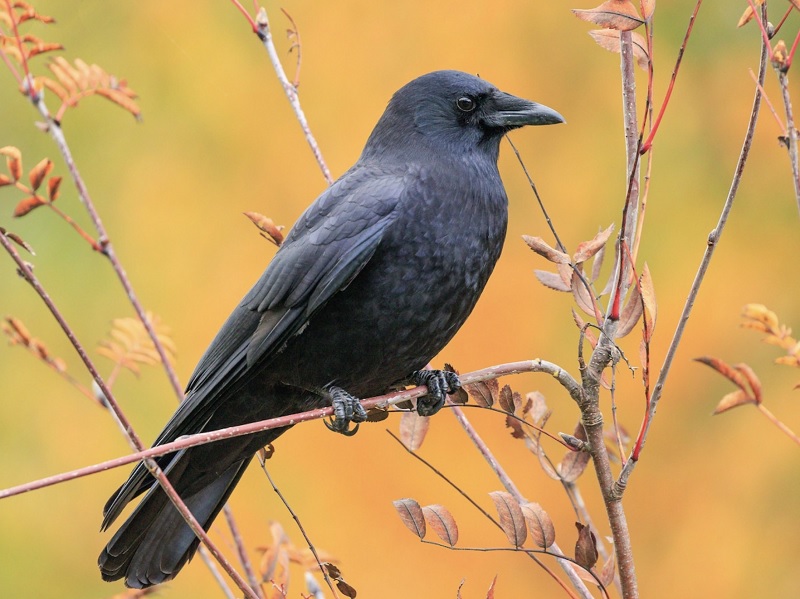
Not Just Noise – It’s Communication
When a crow caws, it’s not just making noise. These birds have an impressive range of vocal expressions. They can change the tone, rhythm, and volume of their caws depending on what they are trying to convey. Sometimes, the “caw caw” is part of a social gathering, while other times it’s a direct warning about predators. In urban areas, their calls often seem louder as they bounce off buildings and other structures. Understanding this iconic sound means recognizing the crow’s place as one of the most vocal and intelligent birds in our environment.
Other Birds That Make Similar “Caw” Sounds
While crows are the most recognized for their classic “caw caw,” they are not the only birds to produce similar harsh or raspy vocalizations. Several other bird species share comparable calls that may confuse even attentive listeners. These birds often belong to the same family or have overlapping habitats and behaviors, which adds to the mix-up.
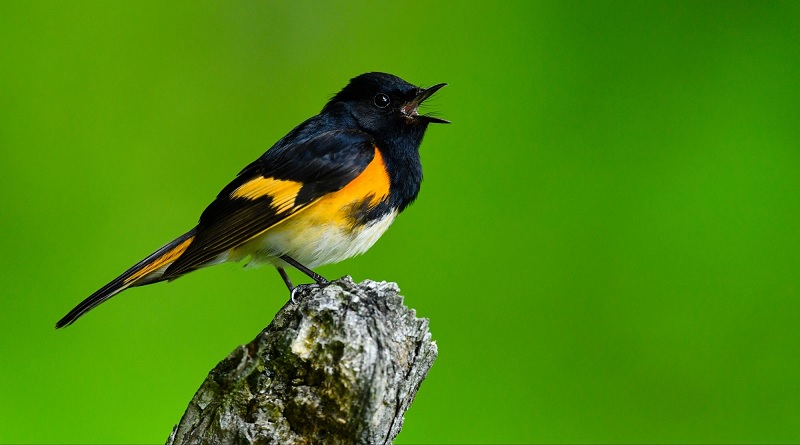
Ravens: The Crow’s Larger Cousin
Ravens, especially the common raven, are close relatives of crows and produce deep, throaty calls that sometimes resemble a crow’s “caw.” However, their sound is typically lower-pitched and more guttural. Ravens are also larger in size, have a heavier beak, and often soar rather than flap like crows. People often mistake their croaking “cronk” sound for a crow’s caw, especially in rural or mountainous areas.
Rooks: The European Sound-Alike
Rooks, found mainly in Europe and parts of Asia, are another member of the crow family that make a caw-like sound. Their calls are often rough and hoarse, somewhat similar to a crow’s but with a slightly different tone. Rooks tend to be more social, forming large colonies that create a constant background of noisy communication.
Blue Jays: Imitators in Disguise
Surprisingly, blue jays are not just colorful backyard birds; they are also expert mimics. Blue jays can imitate the calls of hawks, crows, and other birds, including the sharp “caw” sound. While their mimicry isn’t perfect, it’s convincing enough to mislead both predators and people. They use these sounds as a form of defense or to confuse other animals competing for food.
Why Do Crows and Related Birds Say “Caw Caw”?
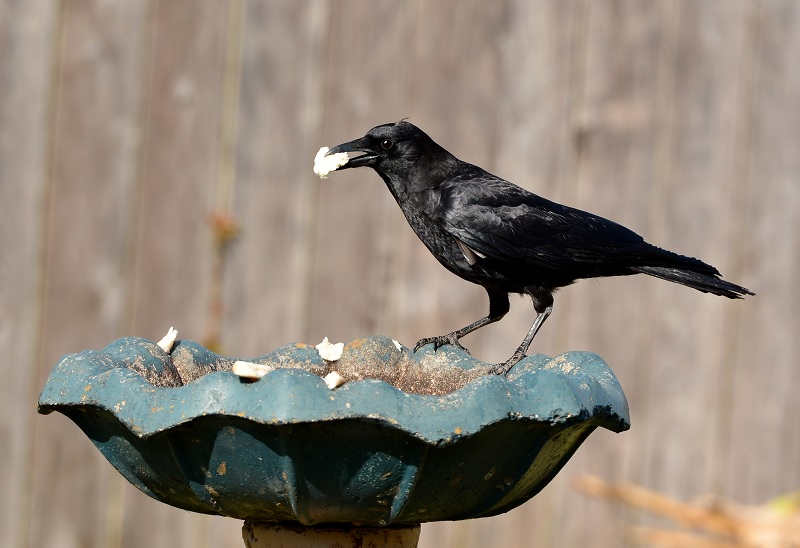
A Complex Form of Communication
The iconic “caw caw” sound made by crows and related birds like ravens and rooks is more than just noise—it’s a key part of their communication system. These birds are highly intelligent and social, relying on vocalizations to interact with one another. Each “caw” can carry different meanings depending on its tone, repetition, and urgency. From warning others of a predator to calling their flock or expressing territorial boundaries, the “caw” plays a vital role in their survival and social structure.
Alerting and Warning the Flock
One of the most common reasons crows call out is to alert others about potential threats. When a crow spots a predator like a hawk or cat, it will give out a loud and sharp “caw caw” to signal danger. This call can trigger a group response, where other crows may join in and mob the predator, driving it away through sheer numbers and noise.
Asserting Territory and Identity
Crows also use their “caw” to assert dominance over an area or let other birds know they’re present. These calls can serve as territorial markers, warning others to stay away. In urban environments, crows may become even more vocal as they compete for nesting areas and food sources.
Social Bonding and Interaction
In addition to warning and territorial calls, crows use a variety of caws and sounds to bond with family members and their flock. They may “talk” during foraging, while flying together, or even during grooming sessions. This level of social communication helps strengthen group dynamics and keeps the birds connected in complex environments.
How to Tell a Crow by Its Call
Crows have one of the most recognizable bird calls in the wild. Their loud, raspy “caw caw” isn’t just noise—it’s a powerful form of communication that can help you identify them even without seeing them. By paying close attention to the tone, rhythm, and delivery of their vocalizations, you can easily distinguish a crow from other similar birds like ravens, rooks, or blue jays. Whether you’re a birdwatcher, a nature lover, or just curious about the sounds outside your window, learning to recognize a crow’s call gives you a deeper connection to the world around you.
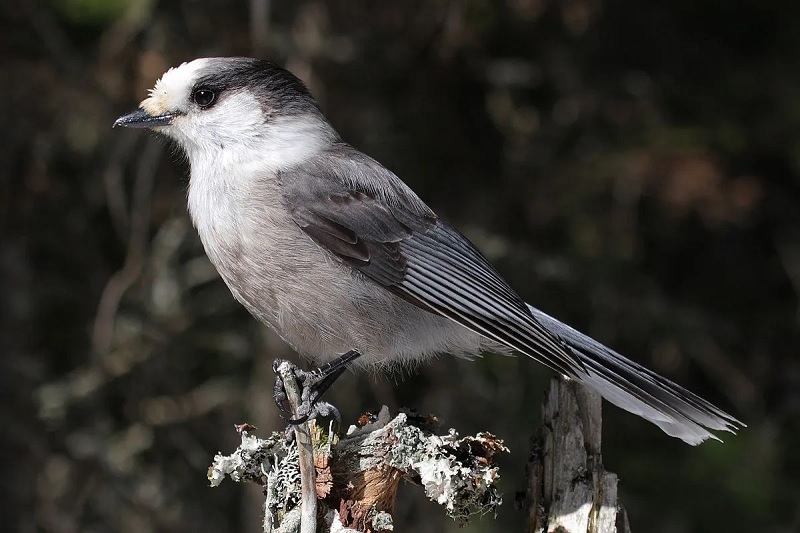
Recognizing the Distinct “Caw”
The easiest way to identify a crow is by listening to its distinctive “caw caw” sound. Unlike other birds with melodic songs, the crow’s call is loud, sharp, and repetitive. It often echoes in short bursts—usually in patterns of two or three caws at a time. The sound is raspy and clear, carrying over long distances. Once you’ve heard it a few times, it becomes instantly recognizable.
Listening for Tone and Rhythm
Crows have a surprisingly wide range of vocal tones, but their typical call maintains a certain rhythm and pitch. The tone can change slightly depending on the message—more urgent and rapid when alerting others, slower and more deliberate when communicating socially. Paying attention to the pacing and intensity of the caws helps distinguish them from similar-sounding birds like ravens or jays.
Not Mistaken for Songbirds
Unlike songbirds that chirp, whistle, or trill, a crow’s vocalization lacks musicality. You won’t hear varying notes or tunes. Instead, the harsh caw stands out as a practical, no-nonsense signal. Whether echoing through an urban alley or over a rural field, the crow’s call cuts through background noise, making it one of the most unmistakable bird calls in nature. Listening closely to the sound pattern is your best clue in confirming it’s a crow.
Fun Facts About Crows and Their Calls
Crows are some of the most fascinating birds when it comes to intelligence and communication. Their calls, especially the familiar “caw caw,” are not just random noises but carry rich meaning and purpose. Understanding these calls can give you insight into the complex social lives of crows.
Incredible Intelligence and Mimicry
Crows are known for their remarkable intelligence. They can mimic sounds from their environment, including human voices, car alarms, and other bird calls. This ability helps them communicate more effectively and sometimes even confuse predators or rivals. Their vocal flexibility makes their “caw” much more than a simple call.
Regional “Dialects” and Social Bonds
Crows develop regional variations in their calls, much like human accents. Young crows learn these dialects from their parents and neighbors, strengthening social bonds within their groups. Their calls serve multiple purposes, such as warning about predators, signaling food sources, or coordinating group activities.
Memory and Communication
Crows have excellent memories and can remember individual humans, especially those who have posed a threat or shown kindness. Their calls can reflect these memories, acting as warnings to others. Researchers also believe crows vary the number and intensity of their “caws” to convey different messages, showing a sophisticated form of vocal communication.
FAQs
What Bird Makes The Caw Caw Sound?
The bird most commonly known for the “caw caw” sound is the American Crow. You can recognize this bird by its loud, harsh, and repetitive “caw” calls. Crows use this distinctive sound to communicate warnings, attract mates, or signal their presence to other crows. If you hear a sharp and clear “caw caw” around your neighborhood or park, chances are it’s a crow.
How Can You Tell The Difference Between A Crow And A Raven?
While both crows and ravens belong to the same family and make similar calls, their “caw” sounds differ. Ravens produce a deeper, more guttural, and often longer call compared to the higher-pitched “caw” of a crow. Ravens are also larger with a more robust build. If the bird’s call sounds booming and less sharp, it’s probably a raven instead of a crow.
Are There Other Birds That Make A Caw Sound Besides Crows?
Yes, several birds related to crows make similar “caw” or “caw-like” sounds. For example, fish crows have a softer and more nasal call that sometimes sounds like a muted “caw.” European rooks and jackdaws also make variations of “caw” sounds but are mainly found in Europe and Asia. However, the American crow is the most common bird associated with the classic “caw caw” sound in North America.
Why Do Crows Make The Caw Caw Sound?
Crows use the “caw caw” sound for various reasons. It serves as a warning call to alert other crows about predators or danger nearby. They also use it to communicate with their flock for social interaction, territory defense, and during mating season. The call helps keep the group connected and coordinated.
When Are You Most Likely To Hear A Bird Going Caw Caw?
You are most likely to hear a crow’s “caw caw” early in the morning around dawn or in the late afternoon near dusk. Crows tend to be most vocal during these times as they gather to socialize, forage for food, or defend their territory. You might also hear more “cawing” during breeding season when birds are more active.
Can You Differentiate A Crow By Its Call Alone?
Yes, with some practice, you can identify a crow by its distinctive “caw” call. The call is loud, sharp, and often repeated in quick succession, sounding like “caw caw caw.” It’s different from other birds that might mimic or have similar calls because of its harsh tone and rhythm. Paying attention to where the sound comes from and the bird’s size can also help you confirm it’s a crow.
Do Crows Have Different Types Of Caw Sounds?
Absolutely. Crows have a variety of calls and can change the tone, pitch, and pattern of their “caw” to convey different messages. For instance, a short sharp “caw” might mean alert or warning, while a longer or repeated call can signal communication within the flock or courtship. Crows are intelligent birds with a complex language system that includes many vocalizations beyond the typical “caw caw.”
Conclusion
The unmistakable “caw caw” call is most commonly associated with crows, birds known for their intelligence, adaptability, and strong social bonds. While ravens, rooks, and even blue jays can produce similar sounds, the crow’s sharp, repetitive caw remains the classic example.
This call serves many purposes, from warning of danger to communicating with other members of their flock. Understanding which bird makes the “caw caw” sound helps deepen your appreciation of their behavior and the important role they play in nature. Next time you hear that distinct call echoing nearby, you’ll know it’s likely a clever crow making its presence known in the environment around you.
